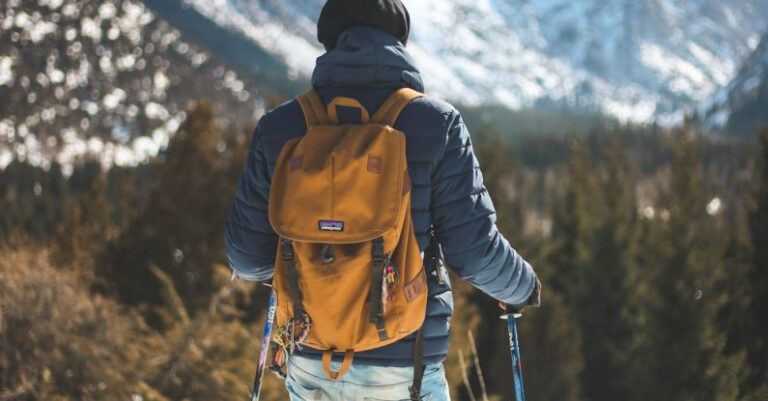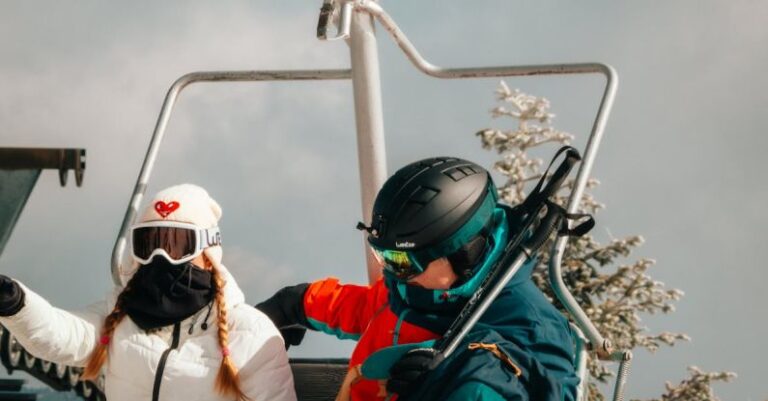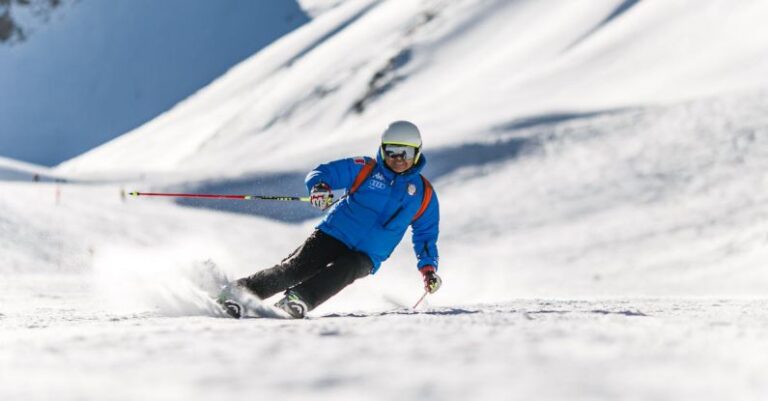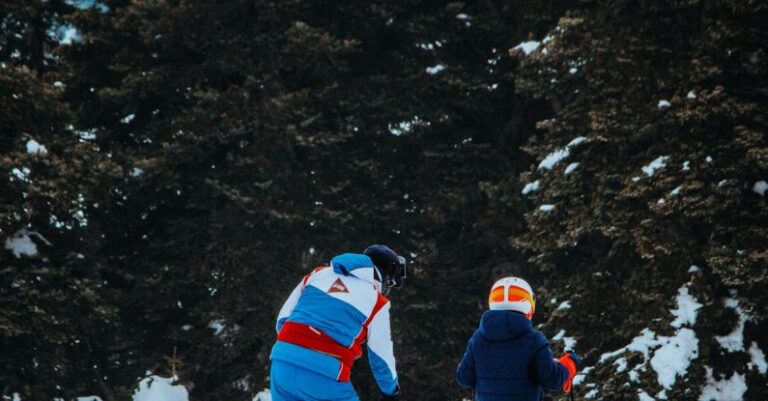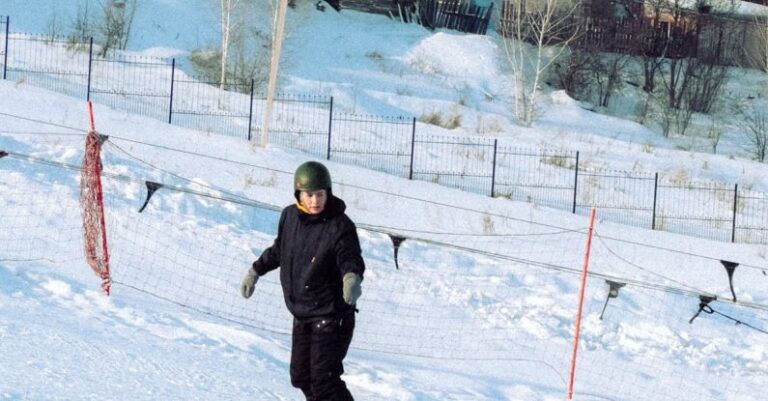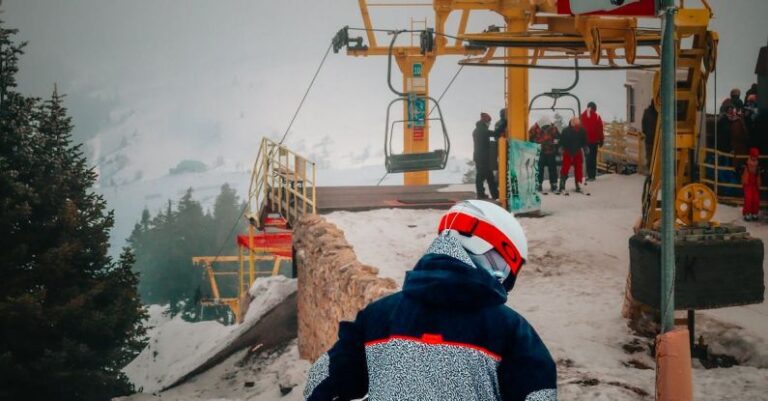
Skiing is a thrilling sport that requires strength, balance, and flexibility. To enhance your performance on the slopes and reduce the risk of injuries, incorporating stretching exercises into your routine is crucial. Stretching helps to improve your range of motion, prevent muscle tightness, and promote recovery after a day of skiing. In this article, we will explore the best stretching exercises for skiers to help you prepare for the slopes and optimize your performance.
**Dynamic Leg Swings**
Dynamic leg swings are an excellent warm-up exercise for skiers as they target the hamstrings, quadriceps, and hip flexors. To perform dynamic leg swings, stand upright and swing one leg forward and backward in a controlled motion. Repeat this movement for 10-15 swings on each leg. Dynamic leg swings help to loosen up the muscles in your legs and improve flexibility, preparing them for the dynamic movements involved in skiing.
**Hip Flexor Stretch**
The hip flexors play a crucial role in skiing as they are engaged during turns and maintaining balance on the slopes. To stretch your hip flexors, kneel on one knee with the other leg bent at a 90-degree angle in front of you. Lean forward slightly while keeping your back straight to feel the stretch in the front of your hip. Hold this position for 30 seconds and switch to the other leg. Stretching the hip flexors can help improve your posture and prevent lower back pain while skiing.
**Calf Stretch**
Strong and flexible calf muscles are essential for maintaining stability and control while skiing. To stretch your calves, stand facing a wall with one foot forward and the other foot back. Keep both heels flat on the ground and lean forward, pressing your hips towards the wall until you feel a stretch in your back calf. Hold this position for 30 seconds and switch to the other leg. Regular calf stretching can help prevent muscle cramps and improve your overall skiing performance.
**Quad Stretch**
The quadriceps are heavily engaged during skiing, especially when making turns and absorbing shock. To stretch your quadriceps, stand on one leg and grab your opposite ankle with your hand. Gently pull your heel towards your glutes while keeping your knees close together. Hold this position for 30 seconds and switch to the other leg. Stretching the quadriceps helps to improve your knee stability and prevent injuries while skiing.
**Hamstring Stretch**
Flexible hamstrings are essential for maintaining proper form and preventing strain while skiing. To stretch your hamstrings, sit on the ground with one leg extended in front of you and the other leg bent. Reach towards your toes with both hands while keeping your back straight. Hold this position for 30 seconds and switch to the other leg. Regular hamstring stretching can help improve your forward flexion and enhance your skiing performance.
**Upper Body Twists**
In addition to lower body stretches, it is essential to incorporate stretches for your upper body to maintain balance and control while skiing. Upper body twists are a great exercise to loosen up your spine and improve your rotational movement. Stand with your feet shoulder-width apart and clasp your hands together in front of you. Twist your torso to one side while keeping your hips facing forward. Hold this position for 15 seconds and switch to the other side. Upper body twists help to enhance your core stability and agility on the slopes.
**Conclusion: Enhancing Your Skiing Performance With Stretching**
In conclusion, incorporating stretching exercises into your pre-skiing routine is vital for improving your flexibility, reducing the risk of injuries, and optimizing your performance on the slopes. By targeting key muscle groups such as the hamstrings, quadriceps, hip flexors, calves, and upper body, you can enhance your overall strength, balance, and control while skiing. Remember to perform these stretching exercises regularly to maintain your flexibility and ensure a safe and enjoyable skiing experience. So, next time you hit the slopes, make sure to include these best stretching exercises for skiers in your warm-up routine to ski like a pro!
